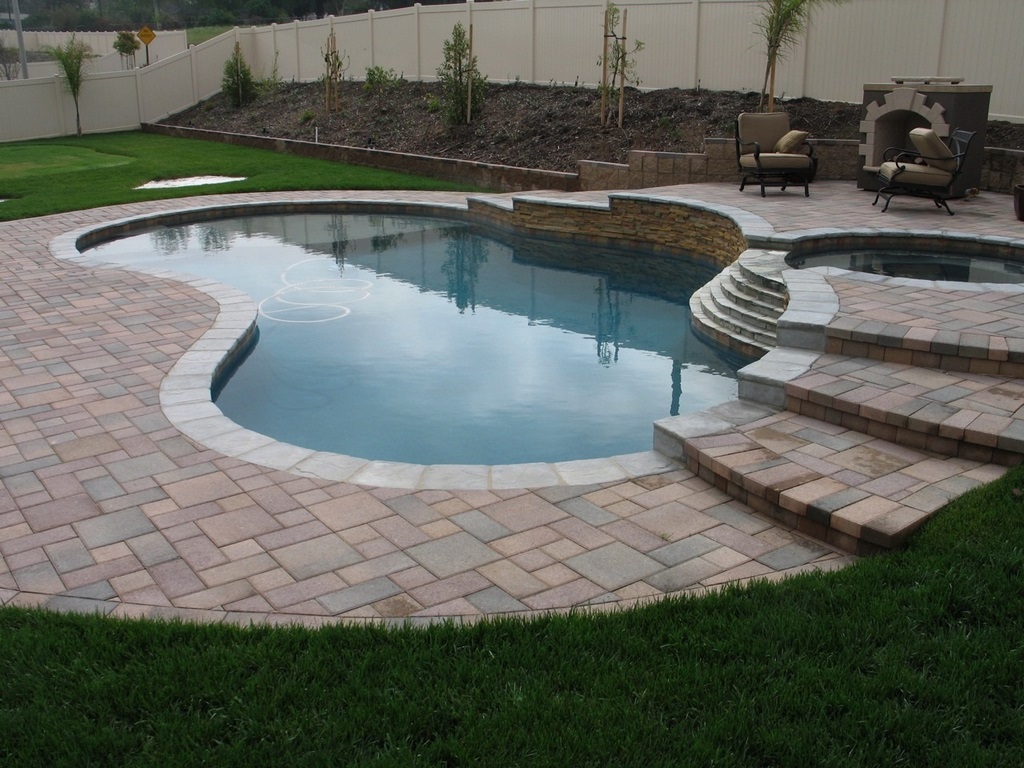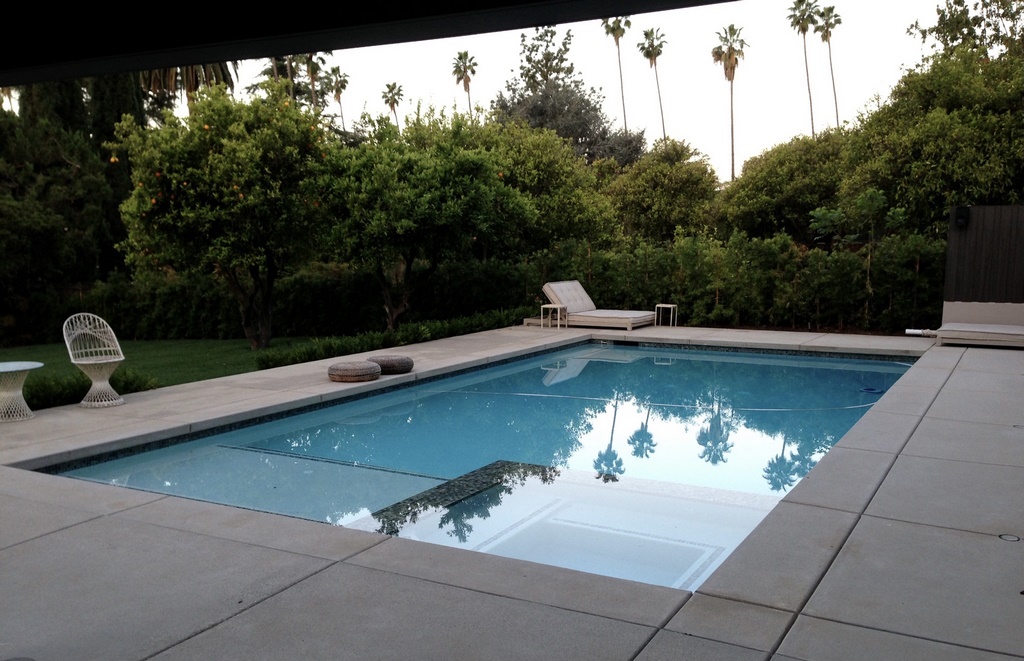Generations Rising
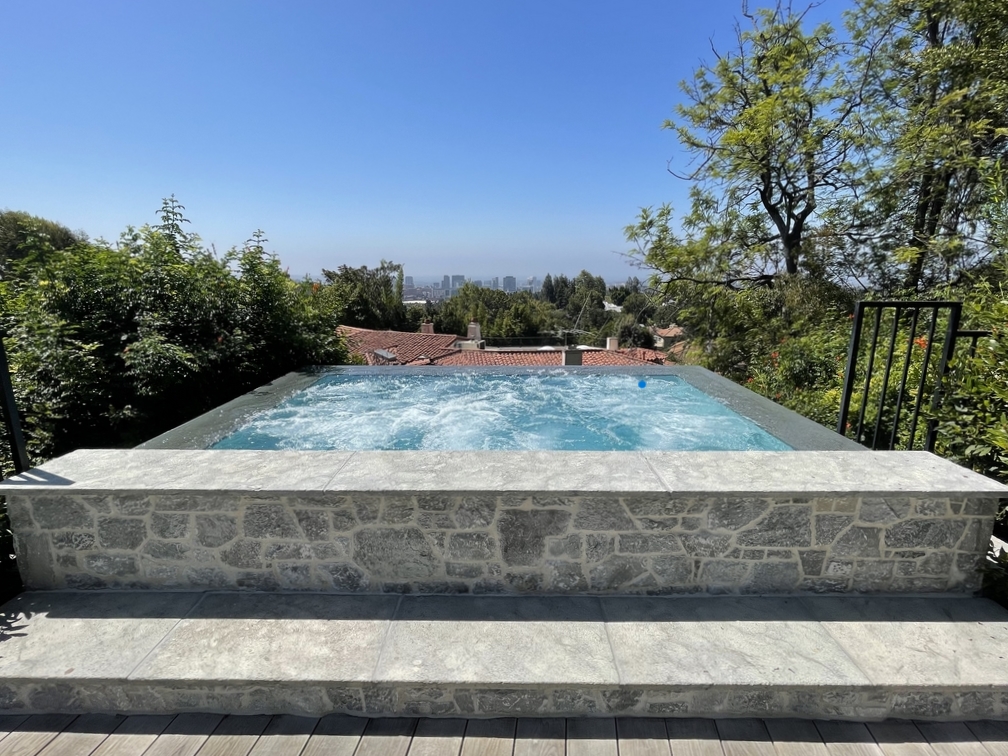

The concept of the “middle class” pool has changed, dramatically so in some ways, largely due to a set of generational and economic shifts that are directly impacting watershape designers and builders. Success in today’s market, says JC Escudero, means understanding the values and motivations of younger consumers, and the world in which they live.
By JC Escudero
According to the most recent U.S. census well over 130 million people in the U.S. are either part of Generation X (61 million) and Generation Y, aka “millennials” (72 million), encompassing people ages 25 to 56. The majority of first-time and second-time home buyers fall into this broad age range.
This demographic shift away from aging Baby Boomers, which are either retirement age or rapidly approaching it, has direct implications for the home-improvement industries, such as those of us designing and building pools and outdoor environments.
Working in the greater Los Angeles area, our company is in near constant contact with upwardly mobile, mostly younger buyers who are committed to investing in their stay-at-home-WiFi-controlled environments. Although every client is different, there are generational commonalities that do consistently apply.
As is true of most any business, it makes sense to understand how your clients think and what matters to them most.
MORE INFORMED
I enjoy working with today’s forward-thinking and often eager buyers. They come to the process with a far more developed idea of what they want than older generations that weren’t raised using the internet. Although you never want to make assumptions about clients, there are, without question, identifiable trends with today’s buyers. Much of the generational differences stem from unprecedented access to information, and exposure to unique concepts that designers are implementing worldwide.
Because of the economic realities of today’s society, younger buyers know they are going to pay more for a home than their parents, much more in our current (LA) real estate market. That expectation certainly applies to swimming pools. The starting price range for a vast majority of our projects is probably $120,000 to $200,000, and that’s without many of today’s popular bells and whistles, and many younger buyers come to the process well aware they’re looking at that level of investment.
From the watershaping perspective, this ultimately means that competing purely on price has largely become obsolete; it’s far more about meeting client needs and expectations within their price range.
Topping the wish listsare comfort and efficiency. Most of our younger clients do not like the idea of wasting energy, which is why we’re seeing more and more solar power and electric cars. Whether it’s concerns over climate change and the environment, or simply the desire to spend money wisely, or both, today’s buyers are far more aware of energy-saving technology.
We’re also seeing much greater interest in chemical efficiency, especially in newer treatment options such ozone, UV and AOP treatment systems. The appeal of perfect water with as little effort as possible holds strong appeal for busy homeowners who don’t have time or the inclination for maintenance, but also insist on beautiful water. For the same reasons, in-floor cleaning systems have also experienced increasing interest.
Along the same lines, water conservation can be important for many new buyers, especially here where we’re frequently impacted by drought.
Working with this new “middleclass” homeowner, if that term still applies, you have to be prepared to answer questions and present a variety of value-added options. For watershapers who understand this and come prepared with a menu of possibilities, and are ready to engage in a dialogue with the clients, the opportunities are there.
PROPERTY LINES & BEYOND
Not only have consumers changed, but their homes as well. Most major metropolitan areas have seen lots decrease in size. In the LA suburbs, we see bigger homes with almost no backyard, because that’s not where the money is for developers.
On top of that trend, in many areas we’re working with increased easements and property set back requirements. For many projects, simply finding space for the equipment pad can be a huge challenge. Yes, some components are smaller than they used to be, but with clients asking for greater functionality and efficiency, many equipment sets include more devices than before, so you have to be creative sometimes where you located the equipment.
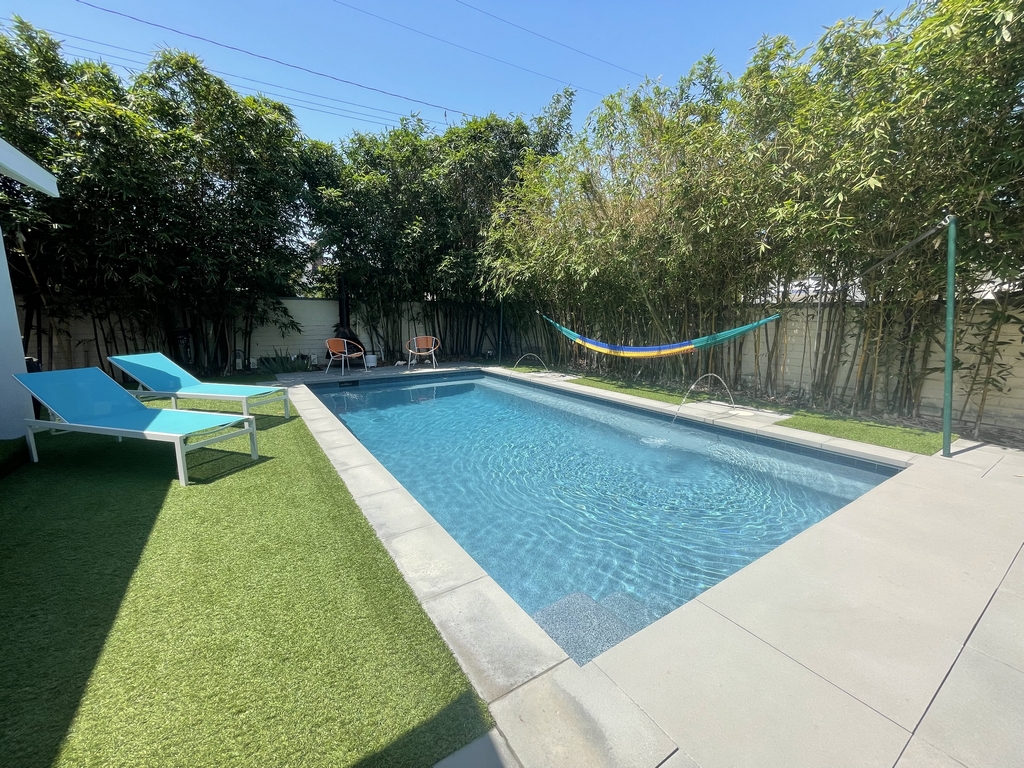
We see more lots with slopes on hillsides, which can present another level of restrictions, and necessary engineering, as wells as more concrete and more steel. There are greater restrictions on electrical service and the installation of gas lines, which are now prohibited in some cities. Time and time again, we see examples of pools that were built 20 or 30 years ago that would be illegal today.
At the same time, a majority of today’s buyers are interested in the entire outdoor experience. Smaller lot sizes, make it difficult to accommodate the outdoor needs of a growing family. They don’t just want a pool; they also want room for outdoor dining and entertainment. Many of these buyers are well-traveled and are heavily influenced by their experiences on vacations , — more so than Baby Boomers were at the same age.
They are accustomed to nice places and quality amenities, and they want to replicate that in their homes, even knowing that they’re working with limited space and greater restrictions. Some young buyers insist on certain features and materials, and it can be very difficult to change their minds, regardless of the situation with their property.
The list of possible features is broad and getting broader all the time. Different types of lighting treatments are extremely popular, especially with the advent of LED technology. Fire features, moving water, outdoor kitchens, quality finish materials such as tile, and even more exotic features such as acrylic windows and stainless-steel spas — we are asked about all of these elements and more on a regular basis.
The bottom line is that with today’s buyers combined with site conditions and requirement, we are constantly finding ways to do more in less space, and still have it look good and function comfortably. We must balance lofty expectations with practical reality. Be inventive and do a good job communicating with the clients to manage their expectations in a way that’s both very positive and also based in reality.
As the watershape designer we should be prepared to deliver all or most of what they want in far more challenging conditions.
OPPORTUNITY BUYERS
As is always true, economic ebb and flow have a huge influence on consumer behavior, which is certainly true now more than ever. Even many relatively new homeowners have seen their properties dramatically increase in value.
When real estate prices rise, consumers not only have greater resources to devote to upgrading their homes, they are more confident in their future prospects and are willing to stretch their budgets to satisfy their lists of needs. Of course, no one knows how long the current increase in property values will last, but today in 2021, the demand remains as strong as it’s ever been in my experience.
The current white-hot real estate market has resulted in another category of ambitious, often young, buyer, whom I have named the “opportunity buyer.”
These are people who actively flip homes purely for financial gain. They might be doing it on a full-time basis and have a contractor’s license, or not.
Some of these people are doing a great job reinventing properties with beautiful upgrades, while others are interested in doing it as cheaply as possible to maximize margins.
Naturally, these buyers are very different from people who plan on living in their properties and investing in their at-home lifestyle. Opportunity buyers are not as definitive in what they want. They view the investment in a pool and backyard from a more purely financial, and less emotional perspective.
These projects tend to be more generic in design and far less personalized, simply because the idea is to appeal to as broad a spectrum of possible homebuyers as possible. What might appeal to one buyer might not to another, so there’s greater value in playing it safe aesthetically, and functionally. In this market segment, you see less use of materials and features that make a strong statement. Something like acrylic windows or elaborate lighting are much less common in these projects.
Some opportunity buyers are still concerned with energy efficiency and quality function, others are not. Unfortunately, some are so concerned with cutting costs that they are disinterested in quality construction. When we run into those property owners, we’ll walk away from the transaction.
While it’s perfectly acceptable to build a more ordinary pool absent the bells and whistles, we categorically refuse to compromise fundamental best practices and workmanship standards. Far too many times, we’ve all seen watershapers get themselves into serious trouble because they cut corners. And make no mistake, there are those opportunity buyers who will want to push you in that direction.
Caveat venditor, let the seller beware!
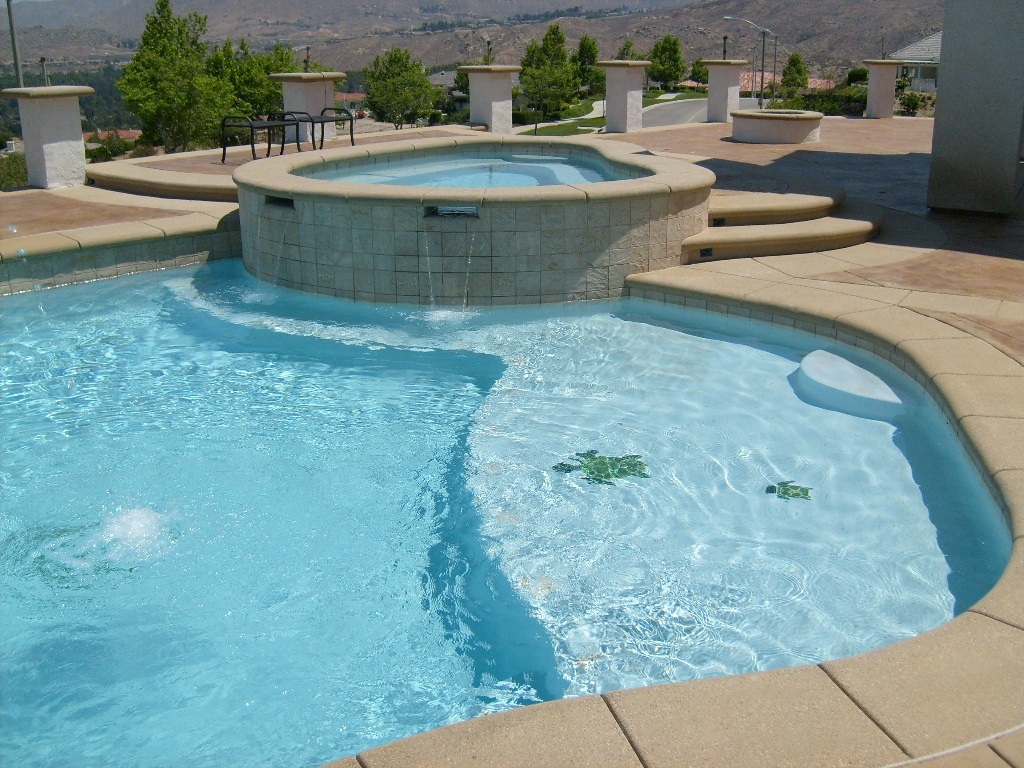
NEW MOVES
I’ve been in this business a long time, and like many industry veterans you fall into patterns, that’s human nature. Succeeding with today’s generation of buyers means challenging past assumptions and adapting to change.
As an example, there are still many pool builders who do not charge for design, using it as a sales tool and competing on project price.
The clients we’re working with are far more likely to expect to pay for design, because they have a greater understanding of the complexities of watershape design than did past generations.
Yes, these upwardly mobile consumers can be more demanding, as well, and they are accustomed to getting what they want quickly, which as we know is a challenge in our current market conditions. But they are also powerfully motivated to create an at-home environment that will suit the needs of their growing families.
If we are sensitive to these demographic shifts, there’s tremendous opportunity. For those who stay entrenched in practices of the past, those opportunities will pass by and onto others who seek to understand the nature of today’s generations on the rise.
JC Escudero, IWI, is president and founder of J Designs Pool & Spa, a custom design/build firm located in North Hollywood, Calif.










